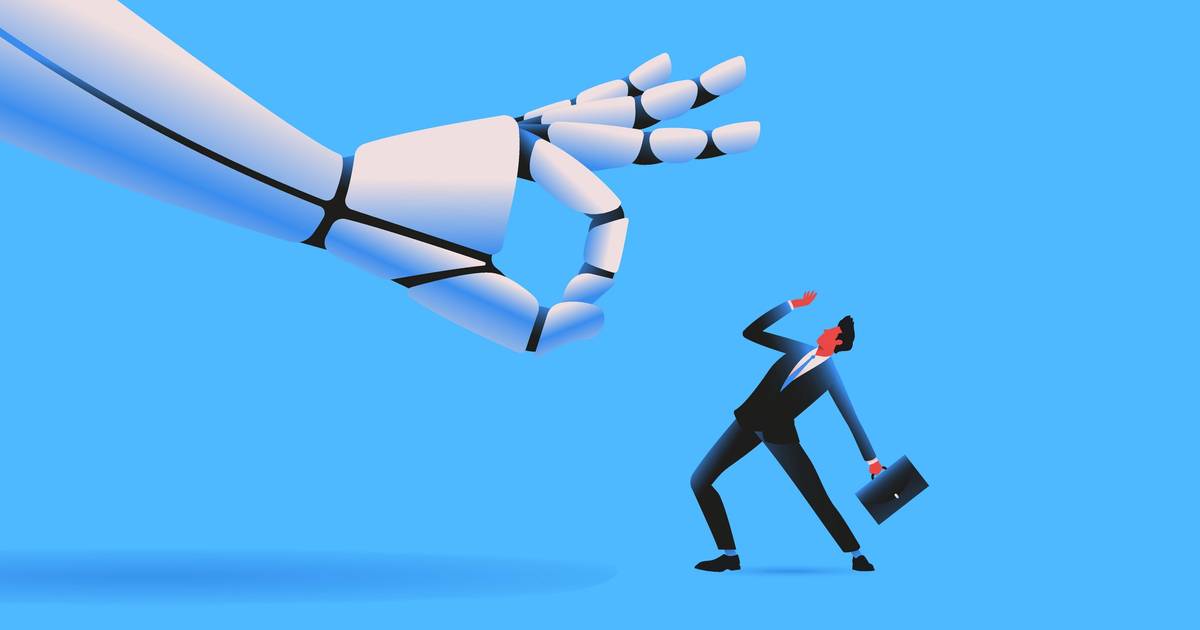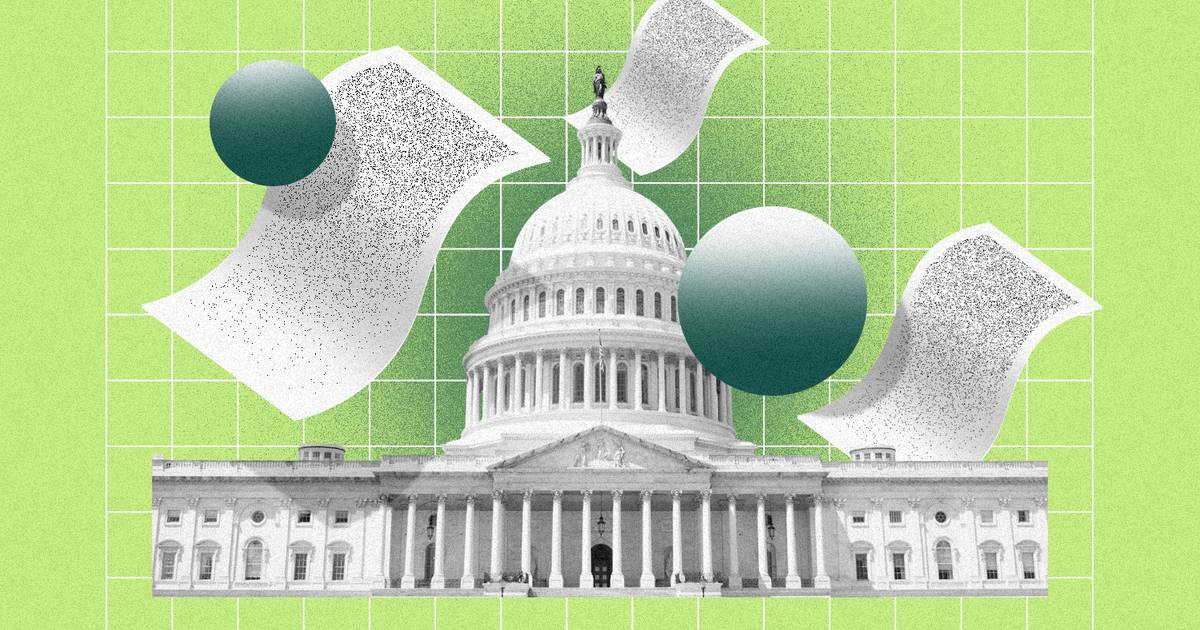![]()
![]()
Human Resources (HR) is no longer just about hiring, onboarding, and payroll management. The role of HR has evolved into a strategic function that directly impacts business success. One of the most significant advancements driving this transformation is predictive analytics—a game-changing technology that allows HR professionals to make data-driven decisions, anticipate workforce trends, and optimise talent management.
In this blog, we’ll explore what predictive analytics is, how it’s being applied in HR, and the benefits it brings to organisations.
What is Predictive Analytics?
Predictive analytics is the use of historical data, machine learning, and statistical algorithms to identify patterns and predict future outcomes. In HR, it helps organisations forecast employee behaviour, anticipate talent needs, and proactively address workplace challenges before they become major issues.
By leveraging vast amounts of employee data—from performance metrics and engagement surveys to recruitment trends and turnover rates—HR teams can make informed decisions that enhance workforce planning and business outcomes.
Key Applications of Predictive Analytics in HR
1. Reducing Employee Turnover
One of the biggest challenges organizations face is employee attrition. Losing top talent can be costly and disruptive, but predictive analytics can help HR teams identify employees at risk of leaving before they hand in their resignation.
By analysing data such as employee engagement levels, performance reviews, compensation trends, and even external factors like industry demand, HR can implement proactive strategies such as:
- Career development programs
- Targeted retention initiatives
- Salary adjustments and incentives
- Personalised employee engagement efforts
2. Enhancing Talent Acquisition
Recruiting the right talent is crucial for business success, and predictive analytics can revolutionise the hiring process. HR teams can analyse candidate data, job performance of past hires, and industry benchmarks to predict which candidates are most likely to succeed in a given role.
Key benefits include:
- More efficient screening: AI-powered tools can assess resumes and match candidates based on skills and cultural fit.
- Improved hiring quality: Historical data helps HR teams refine hiring criteria to select candidates with the highest potential.
- Reduced hiring bias: Data-driven insights can minimise unconscious bias by focusing on objective hiring metrics rather than gut instinct.
3. Workforce Planning and Skills Forecasting
Organizations must anticipate future talent needs to remain competitive. Predictive analytics helps HR teams forecast workforce trends, such as:
- Skills shortages in specific roles
- Future leadership gaps
- Hiring needs based on business expansion or market shifts
For example, if an organization predicts a growing demand for data scientists, HR can proactively implement upskilling programs, training initiatives, or targeted recruitment efforts to meet future needs.
4. Improving Employee Performance and Productivity
Performance management is no longer just an annual review process. Predictive analytics enables HR to track and analyse performance data continuously, providing real-time insights into employee productivity.
Key applications include:
- Identifying top performers and high-potential employees
- Detecting early signs of disengagement
- Customising training and development programs based on individual learning needs
- Offering personalised career progression plans to keep employees motivated
5. Enhancing Employee Engagement and Well-being
A disengaged workforce leads to lower productivity and higher turnover. Predictive analytics allows HR to monitor employee sentiment through surveys, feedback tools, and communication patterns to gauge morale and engagement levels.
By identifying early warning signs—such as declining engagement scores or increased absenteeism—HR can implement timely interventions like mental health programs, flexible work arrangements, or personalised incentives to boost employee well-being.
The Benefits of Predictive Analytics in HR
✔ Proactive Decision-Making – HR teams can shift from reactive to proactive strategies by anticipating workforce challenges before they occur. ✔ Cost Savings – By reducing turnover, improving hiring accuracy, and optimising workforce planning, organizations can significantly lower HR-related costs. ✔ Better Employee Experience – Personalised career growth opportunities and tailored engagement strategies enhance overall job satisfaction and retention. ✔ Data-Driven HR Strategies – Organizations can move beyond traditional HR practices and rely on evidence-based decisions for workforce management. ✔ Competitive Advantage – Businesses leveraging predictive analytics can build a stronger, more adaptable workforce, positioning themselves ahead of competitors.
Challenges and Considerations
While predictive analytics offers numerous advantages, it’s essential for HR teams to address some challenges:
- Data Privacy and Compliance: Organizations must ensure they adhere to GDPR and other data protection laws when collecting and analysing employee data.
- Data Quality and Accuracy: Inaccurate or incomplete data can lead to incorrect predictions. Ensuring clean, relevant, and high-quality data is crucial.
- Change Management: Integrating predictive analytics into HR requires a shift in mindset. HR professionals may need training and upskilling to effectively interpret and use data-driven insights.
Final Thoughts
The future of HR is data-driven, and predictive analytics is leading the way in transforming how organizations hire, engage, and retain talent. By leveraging data insights, HR teams can anticipate challenges, improve decision-making, and create a workplace that fosters growth and innovation.
As HR technology continues to evolve, businesses that embrace predictive analytics will gain a significant edge in attracting, retaining, and developing top talent. Ready to unlock the power of data-driven HR? Start leveraging predictive analytics today and shape the future of your workforce!
![]()
For more relevant posts:
- The Role of HR in Managing Change in the Workplace
- Strategic Planning with Workforce Analytics: How HRIS Empowers HR Managers
- HR Disruption: Trends and Opportunities











